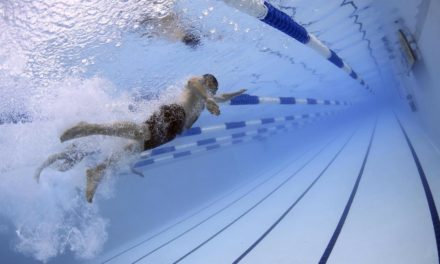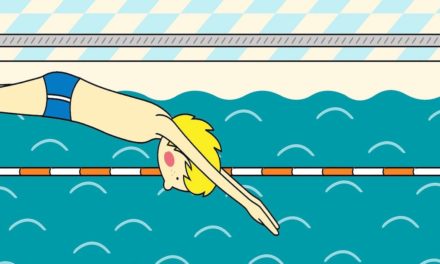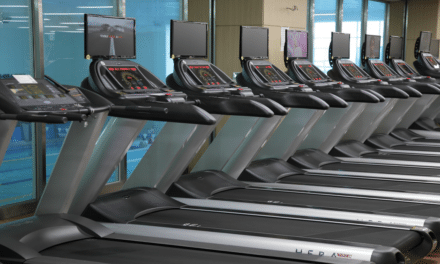Side planks are another popular form of planks that I have found help me just as much as forward forearm planks do. Instead of the forward forearm planks that traditionally mostly focus on the anterior core muscles, the side planks work on the oblique side that some people do not prioritize. Obliques enable side to side rotation with your back, and doing this exercise is an effective way to enhance your oblique flexibility and overall balance. As I have mentioned before, the core is always working and is one of the main muscles that enable you to walk, stand up, and sit. As obliques are part of the core, it is important to work these muscles to some degree to ensure that you do not lose these muscles.
The easiest way to get into position for the side plank position is to first lay on your side. Lift your arms off the ground, resting on the side of your forearm. Lift your hips from the ground and place your feet on their sides but on top of each other. Hold yourself in that position for a reasonable amount of time. It is imperative to tighten the back, core, and glute muscles to ensure no damage goes to your shoulder as it is holding most of your weight in the upper portion of your body.
There are many variations to the side plank exercise, and I wanted to discuss a few of them. Lifting your top leg up to the sky will test your balance capabilities and work on your hip muscles. Moving your arm up to the sky or tucking it towards your chest is a way to change your arm placement to enhance the exercise’s difficulty. A women’s health magazine called “How To Do A Side Plank Flawlessly,” explains different forms of the activity that are a little hard for me to explain. They describe a side plank with hip dips, knee tucks, and reach thoughts that are different variations if you want to do a more difficult side plank.
I typically do side planks for 30 seconds on each side following a 1-2 minute plank, but doing this exercise each time you exercise is the best thing that you can do. Ensure that you are not holding it to the point of exhausting, but are doing it to the limits of your body. With Muscular Dystrophy, you have to be more careful and observant with your body, but doing this exercise can improve your overall lifestyle. Although, since side planks do work the obliques and do not include eccentric movements, it is safer than other exercises that target this area of the core.
Like traditional plank, it helps stabilize you, which prevents you from tripping over an injuring yourself. It is a useful precaution to bruises, breaking bones, and anything that may prevent you from caring for your body. It helps you bend and twist your back to the side and prevent the back pain from sudden movements in your back. This takes of pressure from my hip muscles that are the tightest places in my body. I can easily swim for an extended amount of time due to the core strength that comes from variations of the plank exerciser. The side planks take the pressure off of the back and neck muscles, which is why it is incredibly different from a crunch or sit up that can tire your neck muscles. Postural benefits also come from this form of the plank exercise displaying how crucial it is to perform this exercise.
I would encourage everyone to try this form of exercise due to the numerous benefits that can transform your wellbeing. Side planks specifically have improved my shoulder strength, oblique string, hip, quads, glutes, and core strength. It enables me to participate in activities that I do not think I could have done a few years before beginning this essential exercise. Planks have been a way for me to safely exercise my core muscles, proving that isometric exercise can enhance the muscular development in your body while ensuring that no damage comes to it. Please continue to explore with plank exercises, and honestly, it is an amazing addition to your workout routine since it works the whole body in a few minutes.





